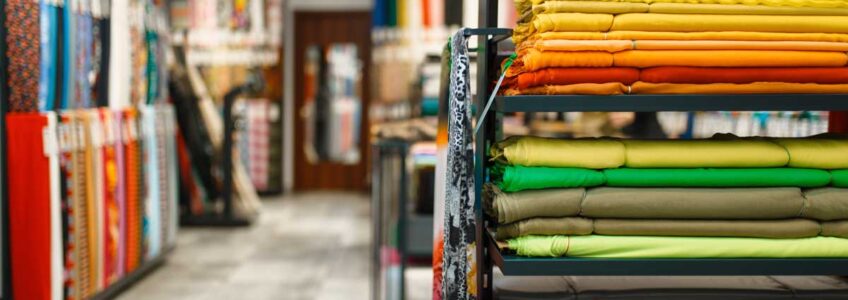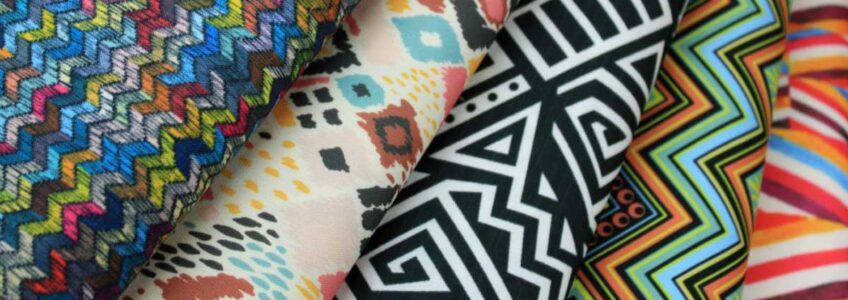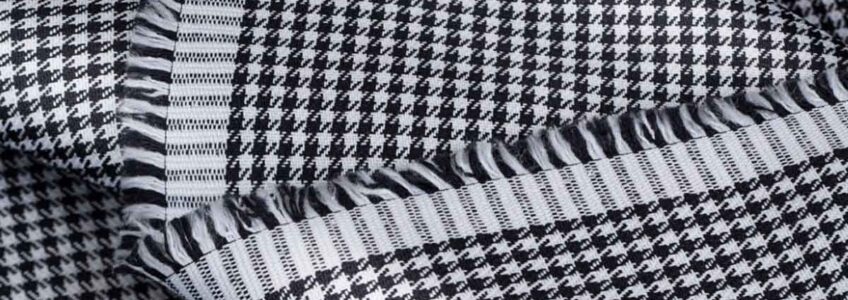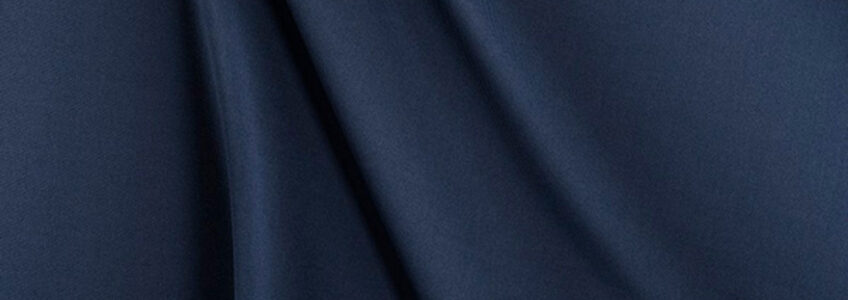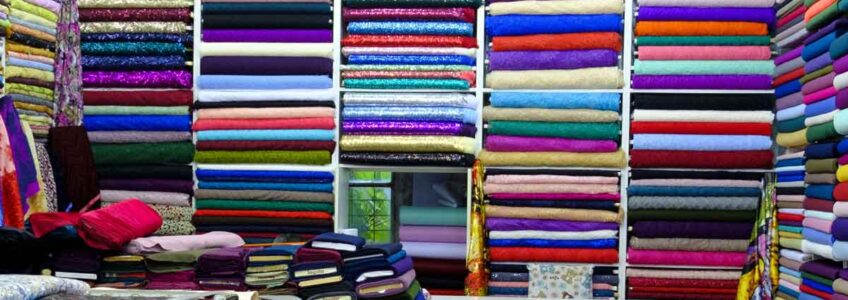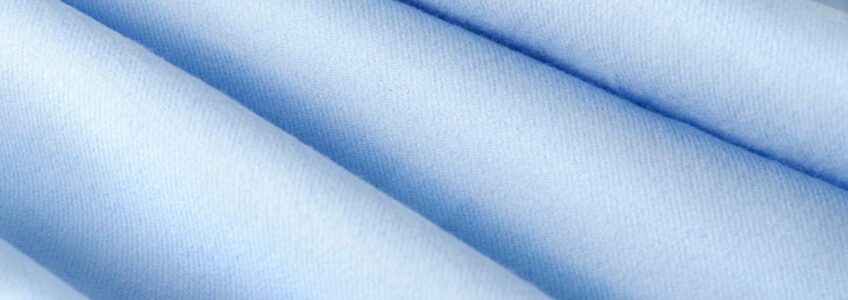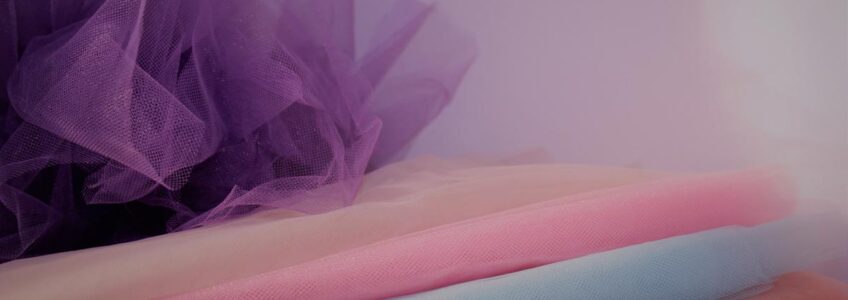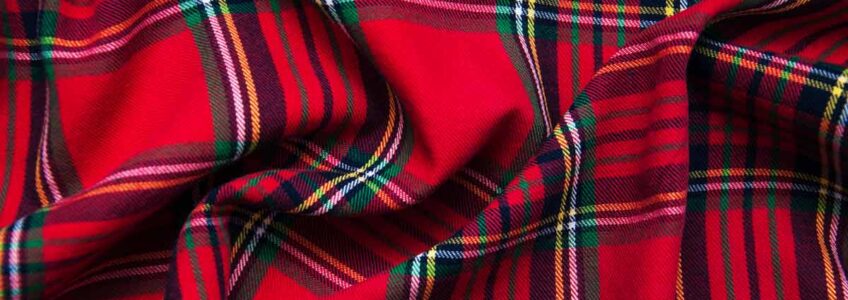Texworld is the international fair of fashion and textile industries held twice a year in Paris, Le Bourget. With around 1000 exhibitors, the event offers buyers and professionals from around the world a rich and clear variety of products, from the basics to high quality creative fabrics.
(more…)Retro Fabric: to create colorful costumes with vintage allure
The retro fabric, available on our website, is made of polyester, bright colors and prints of different patterns that evoke past eras: extremely versatile, in fact, lends itself to many possibilities of use, especially to create beautiful Carnival costumes.
The term “retrò” refers to the “old style” and, specifically, to styles ranging from the twenties to the eighties of the twentieth century. The wider connotation of the retrò style, however, comes to a return to fashion, the timeless one, made of unique pieces and iconic details.
The retro fabric made of polyester recalls the bold and colorful chintz of the ’40s and ’50s, the amazing psychedelic swirls of the ’60s and ’70s and the neon colors typical of the ’80s.
For this reason, the term retr is often associated with the term vintage: in fact, both are used interchangeably. 300 / 2000 à é è ì î ó ò ù Vintage, in fact, refers to objects that actually go back to a certain period of time, while retro refers to the elements associated with the ethics of design of a certain period, regardless of whether they were actually produced during that period.
The retrò fabric is therefore at the center of a wider aesthetic and follows the popularity of nostalgia, in which houses and fashion receive a vintage treatment so as to seem transported in previous decades.
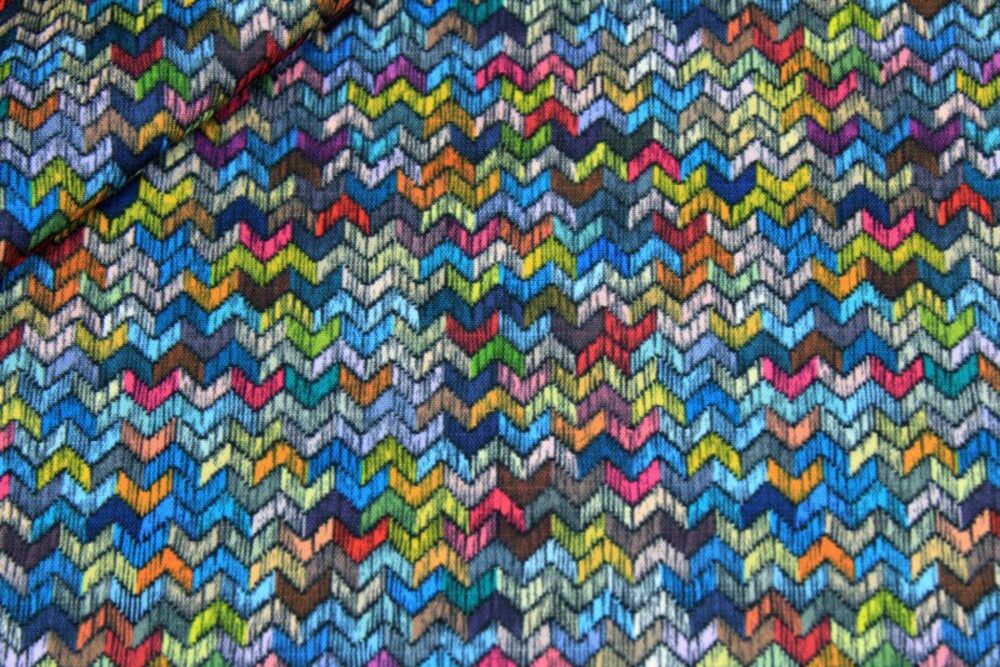
Retrò fabrics: fancy prints and bright colors to make perfect costumes
Timeless black and white, geometric shapes, pink tones with bright references ranging from fluo yellow to deep blue: these are just some of the elements that dominate theretro-style fabrics, meticulously selected by the company Manifattura Foderami Cimmino.
These special fabrics can be used both to furnish your home with a style that leads us directly back in time, and to realize some of the main masks of Carnival, those that characterize the different Italian regional traditions.
The retro fabric lends itself to various uses, including scenographic ones: a triumph of colors to be declined in the field of clothing and furniture, events and costume design!
Discover now the retro fabric on Manifattura Foderami Cimmino!
Gabardine fabric: what is it and how to use it?
The gabardine or gabardina fabric is a real jewel of the textile industry. A fabric that stands out for its particular beauty, both in its initial and raw version and in the final stage of processing, when the textile element is transformed into a garment made in detail.
Manifattura Foderami Cimmino leads us to the discovery of the gabardine fabric, refined and versatile, and explains the many possible uses for this renowned fabric!
Gabardine: refined, compact and very resistant fabric
The gabardine fabric responds to the request of a garment suitable for mid-seasons, with soft colors and extremely elegant appearance. From a purely technical point of view it is defined as a medium-weight combed yarn and a dry hand in solid colour, with batavia armour and dominant warp. Relatively waterproof to air and water, it appears very closed and compact, crossed by an original diagonal stripe. A quality gabardine fabric is recognized for its thin ribs.
There are two types of gabardine, that of combed wool, or cotton gabardine fabric. Both the wool and cotton gabardine looks like a very elegant and very resistant fabric: thanks to its compactness it is used in the field of quality tailoring for the creation of tailored clothes for men and women with clean and simple lines, trousers, jackets, work uniforms, coats and trenches.
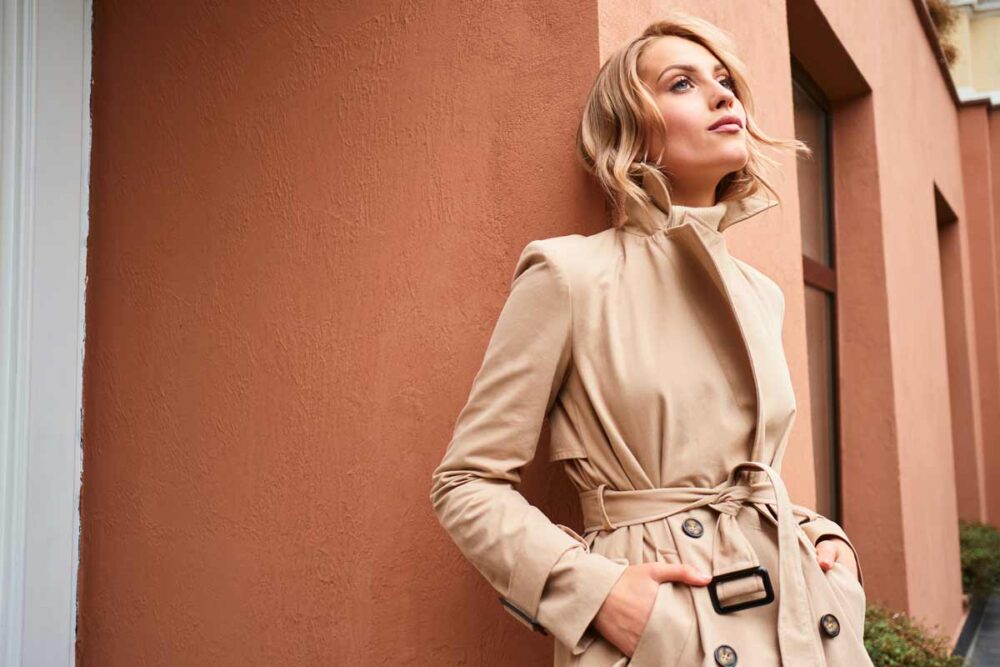
History of Gabardine fabric: from the Renaissance to the invention of Burberry
Where does gabardine tissue originate from? The medieval gabardine was a wide and long garment that was usually used over trousers and shirt, as further protection from the cold and tied around the waist. During the Renaissance in France gabardine was the name given to a popular wool cloak, derived from the Spanish word “gabardina” which indicated the tunic of the workers. So the term went on to indicate the resistant and warm fabric with which overcoats and overalls were made at that time.
Thomas Burberry, founder of the Burberry fashion house in Basingstoke, patented it in 1888. To create this new material, Burberry studied the dense texture of combed wool, smooth on the one hand, with finishing processes such as trimming and pressing, and characterized by ribbed fabric on the other side.
Breathable and waterproof, thecotton gabardine fabrichas presented itself as a revolution to create specific clothing elements against the elements, such as the famous trench coat in cotton gabardine and other fiber mixes, made famous by the likes of Humphrey Bogart. In gabardine is also made “Eisenhower jacket” a jacket model launched in the sixties, which ends just below the waist, with four pockets, pointed neck and high buttoning, which takes its name from the military jacket that was used to wear the famous general.
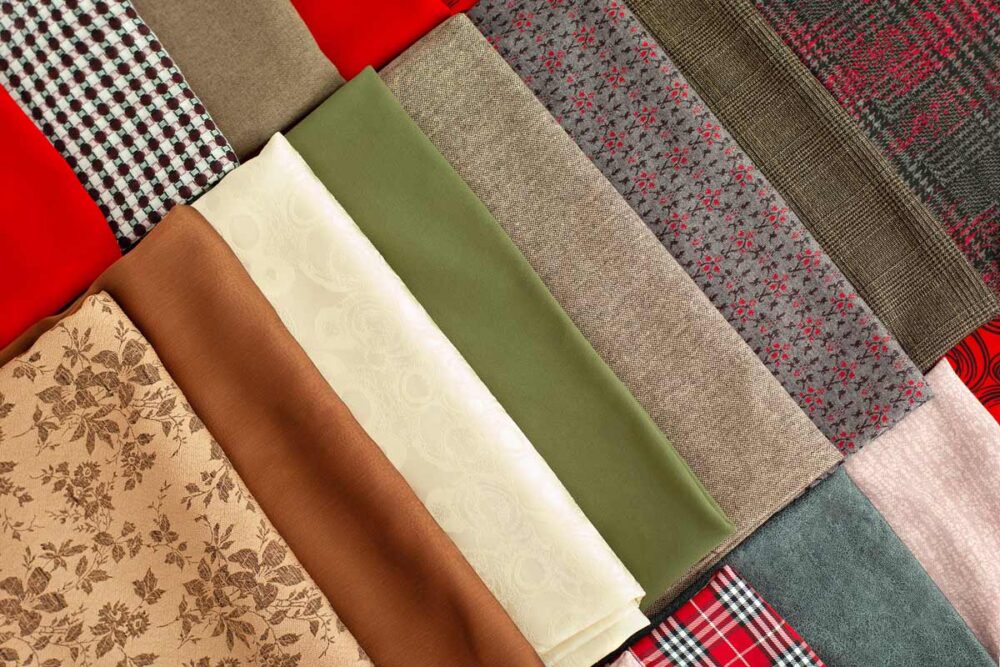
Gabardine, summer or winter fabric?
Depending on the fibers with which the gabardine fabric is made, the garments can be suitable for the coldest or the least rigid period of the year. Of this fabric it is generally said that it is perfect for the middle seasons, that is able to meet the style needs of those days from the uncertain weather and temperature. A soft, well-draped and well-ventilated material that does not deform when wet and resistant to wear, characteristics that make it suitable to be exposed to high percentages of humidity.
How to treat garments in gabardine? To wash and stain this fabric you can set a gentle cycle on the washing machine, but in the case of mixtures of gabardine with combed wool it is better to rely on dry cleaning to avoid shrinkage of the fabric. For the ironing phase, instead, we set the temperature of the iron on a low value, taking care not to press too much to not spoil the fabric.
Gabardine Cuoco
This cotton fabric with twill weave, is dyed in yarn with black and white pie de poule design. It is mainly used in the field of clothing and, more specifically, in the field of work uniforms, to make durable and versatile garments such as professional clothing for chef trousers.
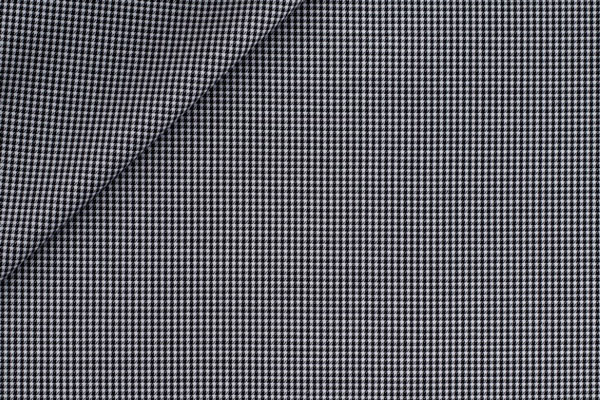
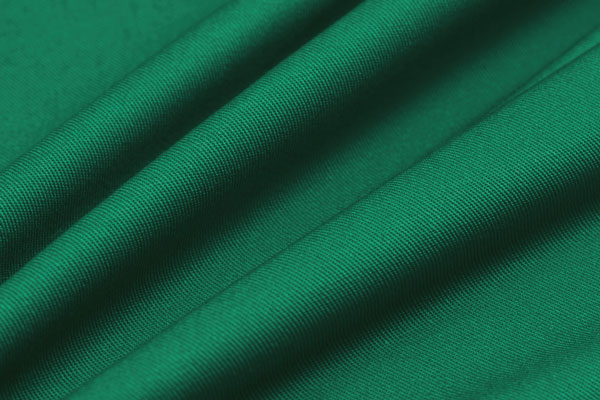
Gabardine Lodi
A cotton fabric characterized by the soft hand: this gabardine fabric is perfect for making garments thanks to the excellent dimensional stability given by the process of sanitization to which it has been subjected. It is mainly used in the medical field.
Gabardine Astor
We find all the characteristics of strength and quality typical of gabardine in this version of combed yarn in solid color with soft hand. The color is solid thanks to the use of reactive dyes and the process of sanitizing ensures the dimensional stability of the fabric.
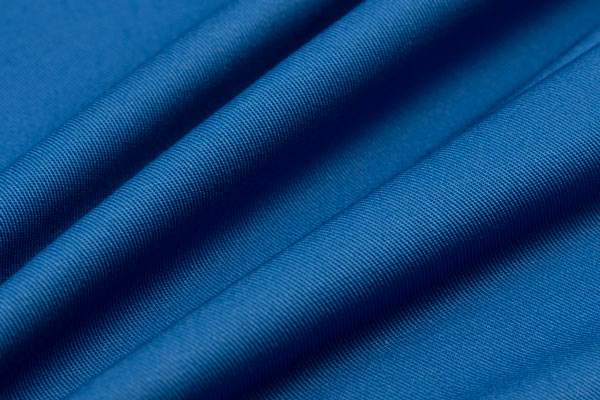
How to choose the most suitable gabardine fabric for the purpose you intend to achieve? Enter the world ofCimmino Lining Manufacture and let yourself be advised about the fabrics and materials that best meet your needs. A team of experts is ready to guide you through the different features that make the selected products unique.
What is the cady fabric? Characteristics and uses
Among the many fabrics used for women’s clothing stands out the cady, with its melodious name and refined appearance. Today Manufacture Lining Cimmino leads us to the discovery of cady fabric, particularly suitable for the realization of magnificent wedding dresses.
The name of this fabric comes from the city of Cadiz in Spain, the place from which its origins derive. The cady is a double-faced fabric consisting of a double warp with a high density of threads, while the weft is presented in combed frizz with several garments. On the one hand it appears rough and rough, on the other shiny and uniform.
The cady has always been used in the field of clothing, but in ancient times it was used mainly in the religious field to tunics and vestmentsthat were to appear as sacred vestments and of some importance, but was also widely used to make large palandrane with long sleeves, lined with fur, which were worn as cloaks of the richest people, belonging to the social classes of the nobility and the upper bourgeoisie.
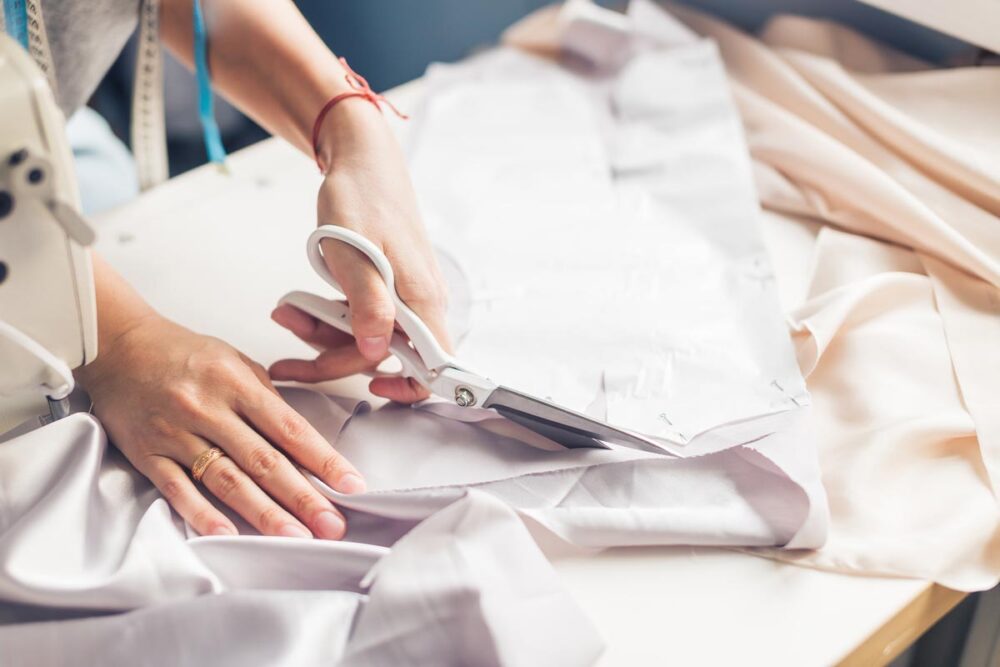
Types of cady fabric
The cady fabric is available in different types: you can find the cady canvas or the cady satin, the cady wool or the cady silk, the cady cotton or the cady raion viscose. The silk cady is the most valuable and is used especially for evening dresses. It is particularly loved for its perfect fall and is presented in various weights and shades of color: in the variant white or ivory is used to make wedding dresses, while in the black version it represents the starting point for the creation of sheaths from the sliding line. In its infinite shades is the favorite fabric for the realization of draped dresses, with drip necklines and special cuts.
Cady fabric: what is it used for?
The cady is among the precious fabrics chosen for wedding dresses, in particular for the simple and essential models, such as the one worn by Meghan Markle. The wife of Prince Harry has opted for a minimal wedding dress characterized by the elegant boat neckline and three-quarter sleeves made of double-link silk cady: the fabric “shiny opaque” has managed to enhance the shade of pure white much desired by the protagonist of the wedding.
The biased cut gives the cady fabric for wedding dress a special elasticity, creating a snug effect that is much loved by brides who have chosen a simple ceremony, but chic, and they do not want to give up a touch of sensuality on the most important day of their life.
The cady fabric is also used to give shape to formal dresses, elegant and refined, designed for different occasions and special events to attend. This kind of clothes is asked for the maximum fit, an embrace of comfort and aesthetics: the movements must be fluid and precious details, to give back the image of value that you expect from a dress chosen for a special evening.
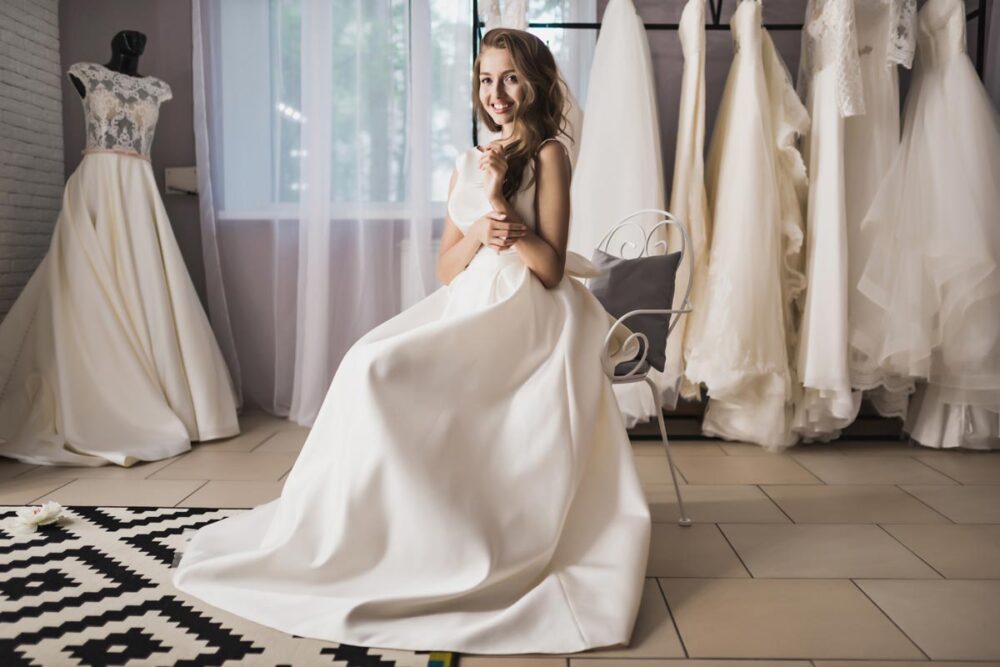
Making clothes using the cady is not an easy thing: it is a recommended fabric for expert seamstresses, because it is very slippery and tends to move while sewing, for which you use needle and thin thread.
You have to be very careful about the length and tension of the stitches: if the stitches are not adjusted exactly the fabric tends to curl and not respect the desired shape.
Being a particularly delicate fabric for washing it is good to read carefully the label that accompanies it: it is preferable dry cleaning or a specific program for delicate garments. The time of ironing is also to be considered, as steam tends to curl this type of fabric.
Crepe Cady Atena Fabric
Within the wide range of fabrics for formal dresses selected by Manifattura Foderami Cimmino stands out the fabric Crepe Cady Atena, a light and elastic material, declined in numerous trendy shades of color. It is used to make elegant pieces of clothing and entire ceremonial clothes to show off on occasions where maximum refinement is required.
The Cady Athena fits within the family of fabrics that take the generic name of crêpe fabrics: they are different fabrics in composition and weight, united by the rippled, grainy and wavy look.
The crepe fabric Zaira, for example, is lightweight, particularly suitable for making blouses and blouses, dresses and skirts, wide trousers, wedding and ceremony gowns. The Scuba Crepe Stretch fabric, however, is a soft and durable elastane polyester fabric, used in the field of casual and sports clothing.
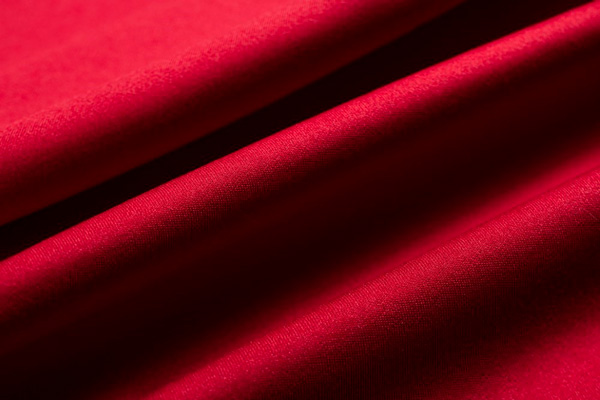
Manifattura Foderami Cimmino is a guarantee of high quality and variety: the fabrics in the catalogue can be used in various fields, from furniture to clothing, through packaging and hobbies: discover the best Cimmino fabrics for wedding dresses, such as the Cady fabric, an elegant and versatile material, ready to be transformed into the most suitable dress for a great day!
The best fabrics for dance and show
Bright, in the most varied colors and patterns, but also comfortable and practical, ready to be transformed into sparkling dance dresses or theatrical costumes with great scenic impact: are the fabrics for dance and entertainment attention to detail to create spectacular clothes with a comfortable fit and impeccable aesthetics.
We discover, together with Manifattura Foderami Cimmino, the best fabrics for dance and entertainment selected within the wide range of our online catalog!
(more…)Relaunch of the textile and fashion sector: Made in Italy is finally recovering
After the crisis of recent years which has also seen a fall in the turnover of the textile sector, the latter is finally preparing to restart and recover ground.
Made in Italy is no longer threatened, despite the prices of raw materials and the vertiginous increase in the cost of energy. These two factors, in fact, are redesigning the priorities of the manufacturing industries, which face the increases that affect heavily within the supply chain.
The future of the Italian textile and fashion industry was analyzed at the annual meeting of SMI (Sistema Moda Italia – Federazione Tessile e Moda), headed by the new president Sergio Tamboriniappointed on September 29.
SMI believes that, through an investment policy to be launched in a timely manner, it is possible to preserve and relaunch the supply chain. The association has thus elaborated a strategy based on three plans of participation, with total investments for approximately 8 billion euros: emergency participations, strategic participations of medium period, strategic participations of along period.
The main focus of the Tamborini programme is the increasingly topical theme of sustainability, conceived in synergy with the principles of the circular economy to be applied also in the fashion sector. Along with environmental sustainability, crucial for the relaunch of the sector, there is the need to implement new technologies. The latter must be accompanied by increasingly specific and avant-garde skills: in this way, it is consumed less respecting even those that are the needs of fashion, which always needs novelty.
In this regard, Europe and the European Commission have defined an instrument, the PEF, which measures the environmental impact of companies and then directs them towards new forms of circularity increasingly evolved and less impacting on the environment.
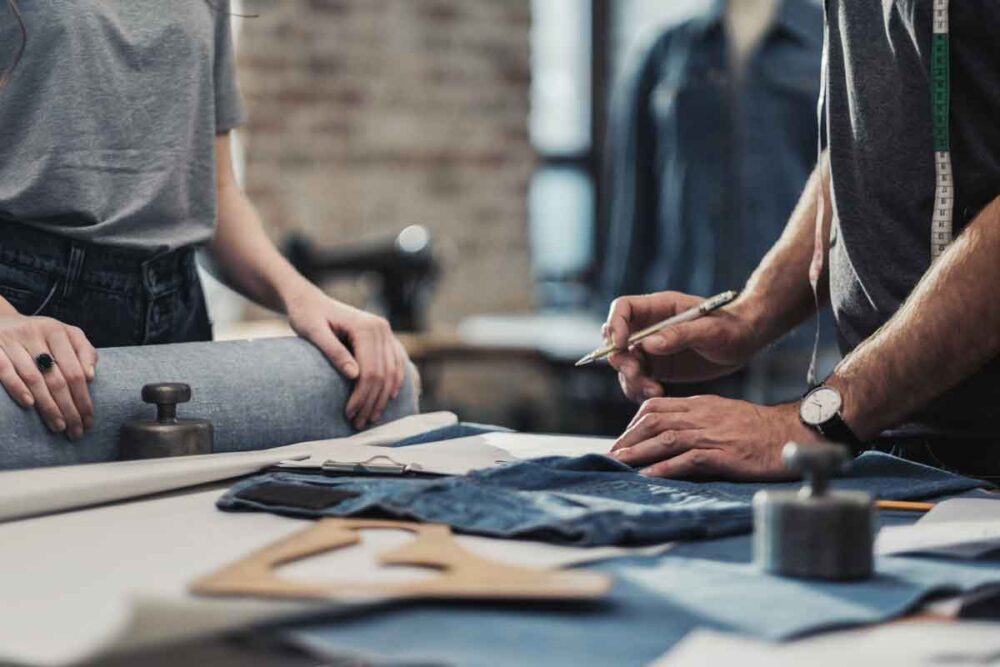
Manifattura Foderami Cimmino: ethics of recycling and eco-sustainable fabrics
Since fashion and the world of furniture are increasingly heading towards a turning point of an eco-sustainable type, Cimmino also presents its catalogue of biological and recycled fabrics, produced from the cellulose of trees or from waste from other production chains.
Fashion based on the minimum impact and on the model of the circular economy provides for the reuse of waste, eliminating only the bare necessities: it is precisely from therecycling of plastic and waste fibres that some of the Cimmino fabrics, ambassadors of the Made in Italy in the world are born. The eco-sustainable Cimmino fabrics are an indication of extreme quality, being carefully processed in detail, and in addition they are eco-friendly, as they are oriented to the environment, work and animal rights.
Discover now which Cimmino eco-sustainable fabrics are ready to make a difference!
What material is flannel? The characteristics of this fabric
We often hear about flannel in terms of clothing and furnishings, but what are the uses and characteristics of this typically winter fabric? We discover together withManifattura Foderami Cimmino the many uses of flannel and the advantages of choosing this versatile material.
(more…)Cimmino fabrics: among the protagonists of the next edition of International Textile Fair
The Fast Textile International Textile Fair is the most important textile industry fair in Poland.
Born in response to the market demand for events dedicated to this sector, it quickly became the largest trade fair of its kind in Central Europe. During the exhibition, which will be held from December 1 to December 3, 2021 in Warsaw, hundreds of companies from different countries around the world will present their brands and products. Among these, there will also be the best fabrics made in Italy by Manifattura Foderami Cimmino: a leading company in the distribution of high quality fabrics and materials.
How to use the tulle fabric
Tulle is a very light fabric created from silk threads, cotton threads or threads of synthetic materials such as nylon. It is an elastic material that allows embroidery for high-quality applications and different uses in the fields of fashion, furniture and decorations.
We discover, together with Manifattura Foderami Cimmino, the secrets of tulle and the different ways to use it at its best!
Tartan fabric: characteristics and uses
Each fabric has a history, an origin, precise characteristics and different ways of being used. Today Manifattura Foderami Cimmino guides us to discover one of the most famous fabrics, tartan, a fabric that never goes out of fashion, capable of being renewed every new season!
(more…)


